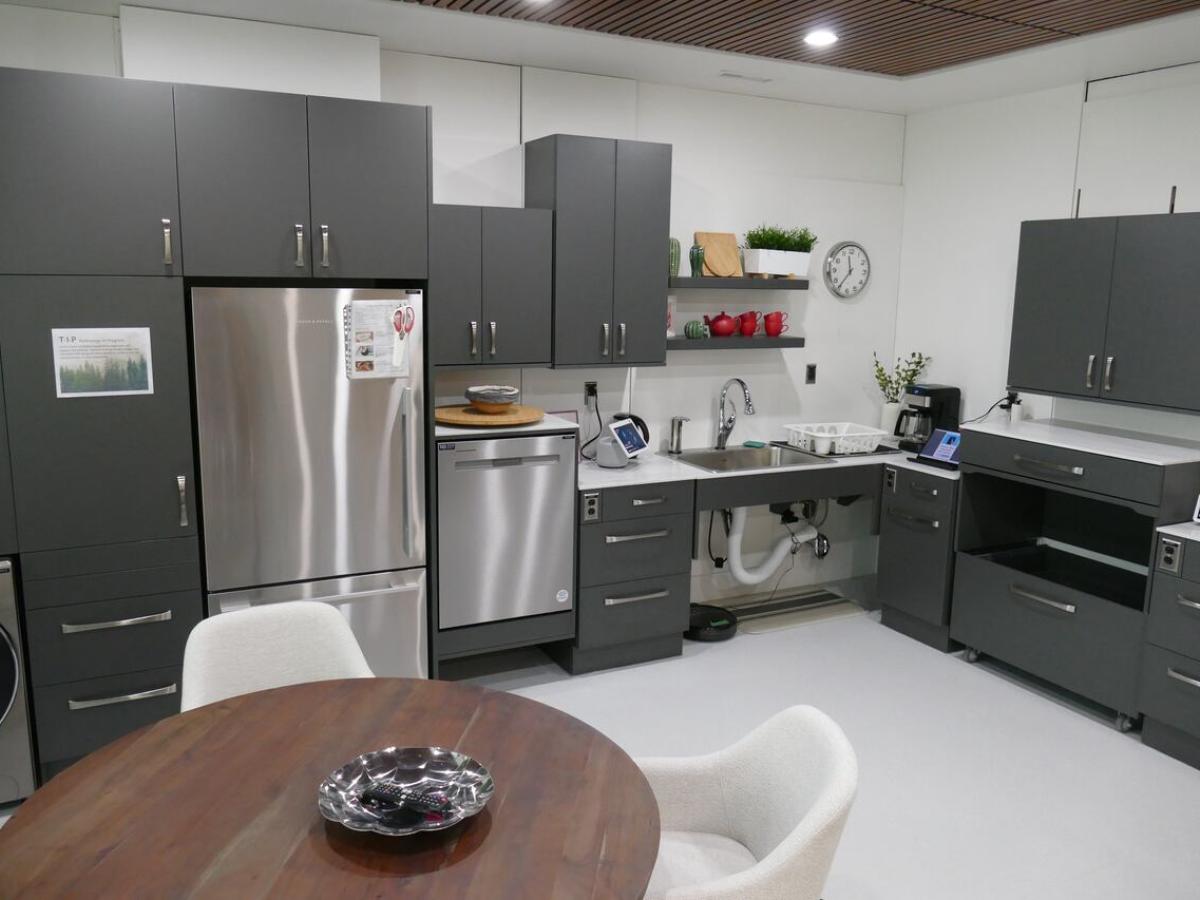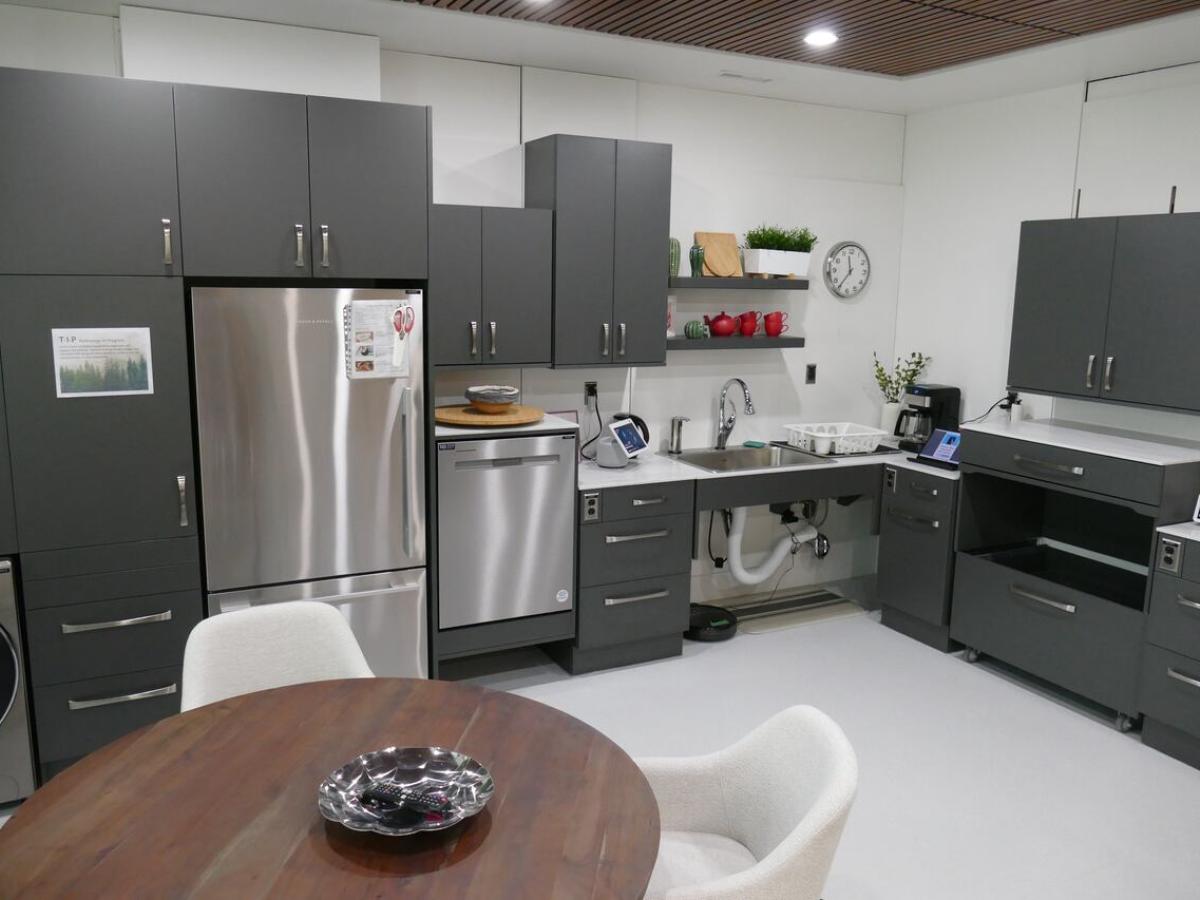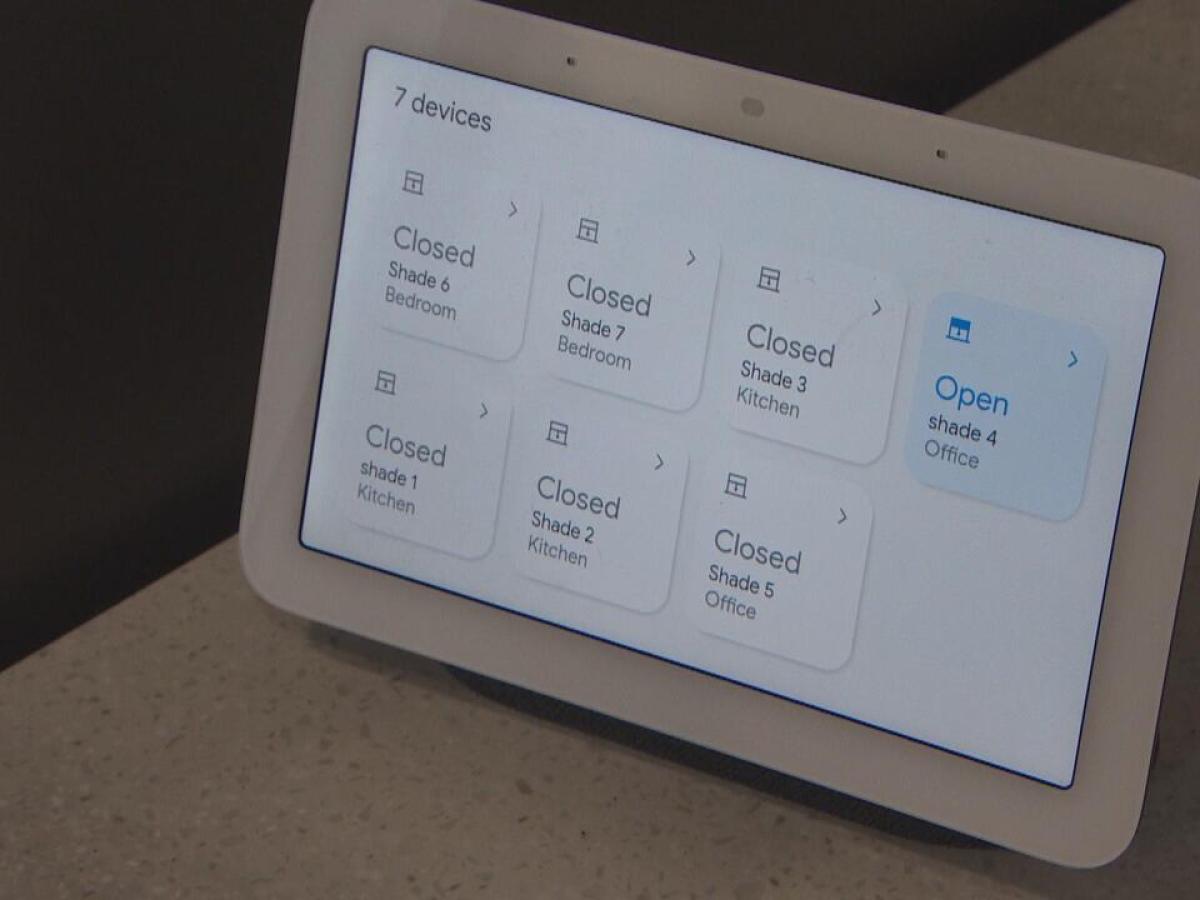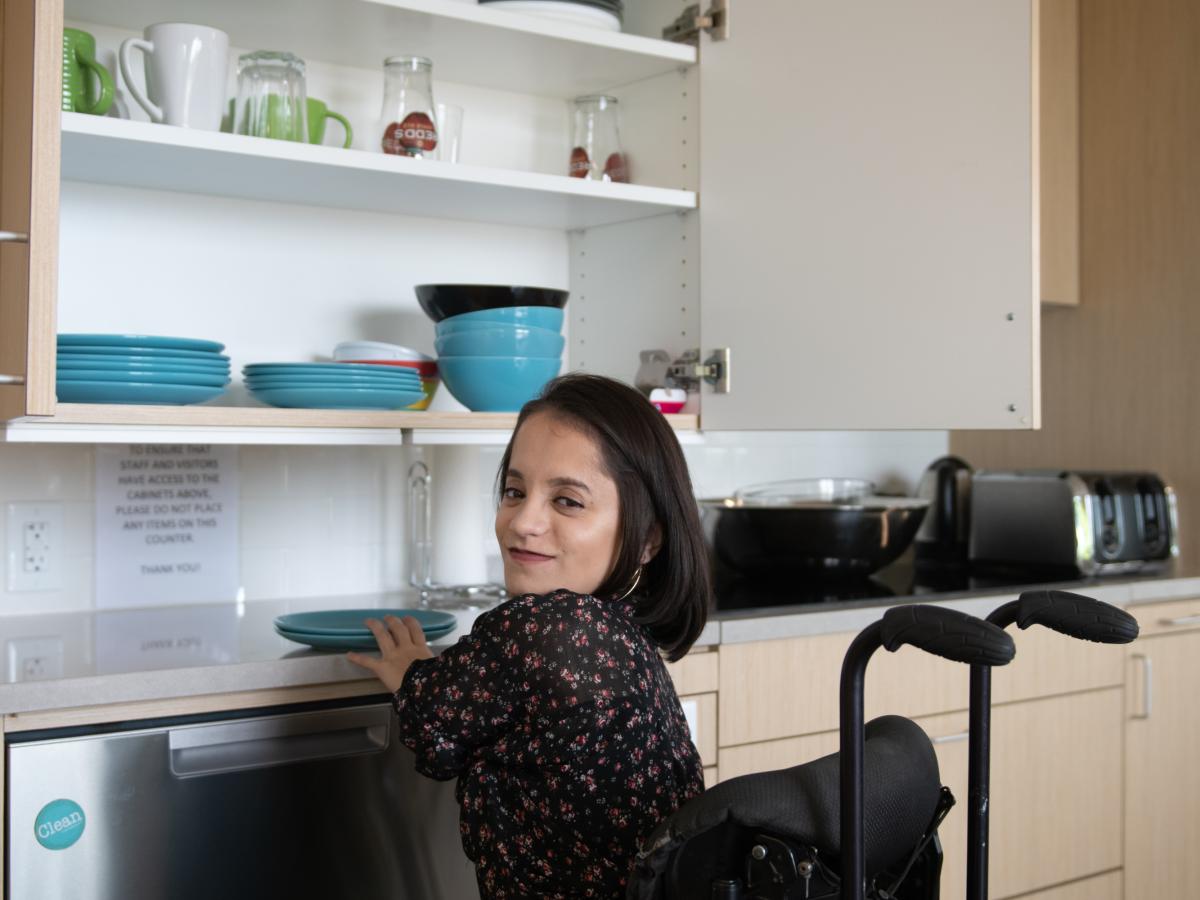"Aging in Place" refers to the concept of enabling older adults to continue living in their own homes while utilizing environmental modifications to address and adapt to any limitations or disabilities they may experience. This approach prioritizes the comfort, safety, and independence of older adults by making their living environments more accommodating to their needs. According to Fernihough and McGovern (2015), implementing home modifications, particularly in frequently used areas such as kitchens and bathrooms, is crucial for facilitating aging in place comfortably and securely.
The kitchen, a central hub in many homes, presents unique challenges for older adults, particularly when there is a misfit between the environment and the person. Such misfits can increase the risk of developing musculoskeletal disorders, especially during tasks that involve repetitive motion or require awkward postures. Despite the recognized importance of ergonomic kitchen design, there is a notable lack of evidence-based recommendations, with minimal research focusing on the ergonomic effects of different kitchen surface heights on risk, preference, or usability for older adults.
We sought to explore the impact of different kitchen surface heights on the risk of musculoskeletal disorders and to understand the preferences and usability of these designs for older adults
Study Design
Session 1: Home Kitchen |
Session 2: Smart Kitchen |
|
|

Questionnaire Results
Division of participant responses according to which kitchen tasks they spent the most time on:
| 31% | 8% | 23% | 38% | 0% |
|---|---|---|---|---|
|
Gathering Ingredients |
Food Prep | Cooking |
Washing Dishes |
Cleaning |
Division of participant responses according to which kitchen tasks they perceived as the most challenging:
| 15% | 8% | 23% | 23% | 31% |
|---|---|---|---|---|
|
Gathering Ingredients |
Food Prep | Cooking |
Washing Dishes |
Cleaning |
Statistical analysis indicated no significant differences in the activities of rolling, using the stove and oven, and reaching upper or lower cabinets when comparing participants' home kitchens to the smart kitchen. However, the risk of developing musculoskeletal disorders was significantly higher in the rolling zone in the smart kitchen compared to participants’ home kitchens. Moreover, the risk developing musculoskeletal disorders were lower in sink area in the smart kitchen compared to patients’ home kitchens.
The kitchen questionnaire revealed that participants spent the most time washing dishes, cooking, and gathering ingredients, with these tasks also being identified as the most challenging. Interestingly, participants spent the least amount of time in food preparation activities, such as chopping, rolling, and mixing, highlighting the importance of optimizing these tasks to reduce strain.
Key Themes
| Lifestyle | Social Connections | Safety | Accessibility |
| Lifestyle changes, such as dietary habits and sopping abilities, impacted how kitchens were used. | Change in social connections altered the number of people who used the kitchen and extent to which they entertained company. | Weakness and challenges with balance increased safety risks in the kitchen. | There is a need for improvement of accessibility considering physical and cognitive aspects of the kitchen. |
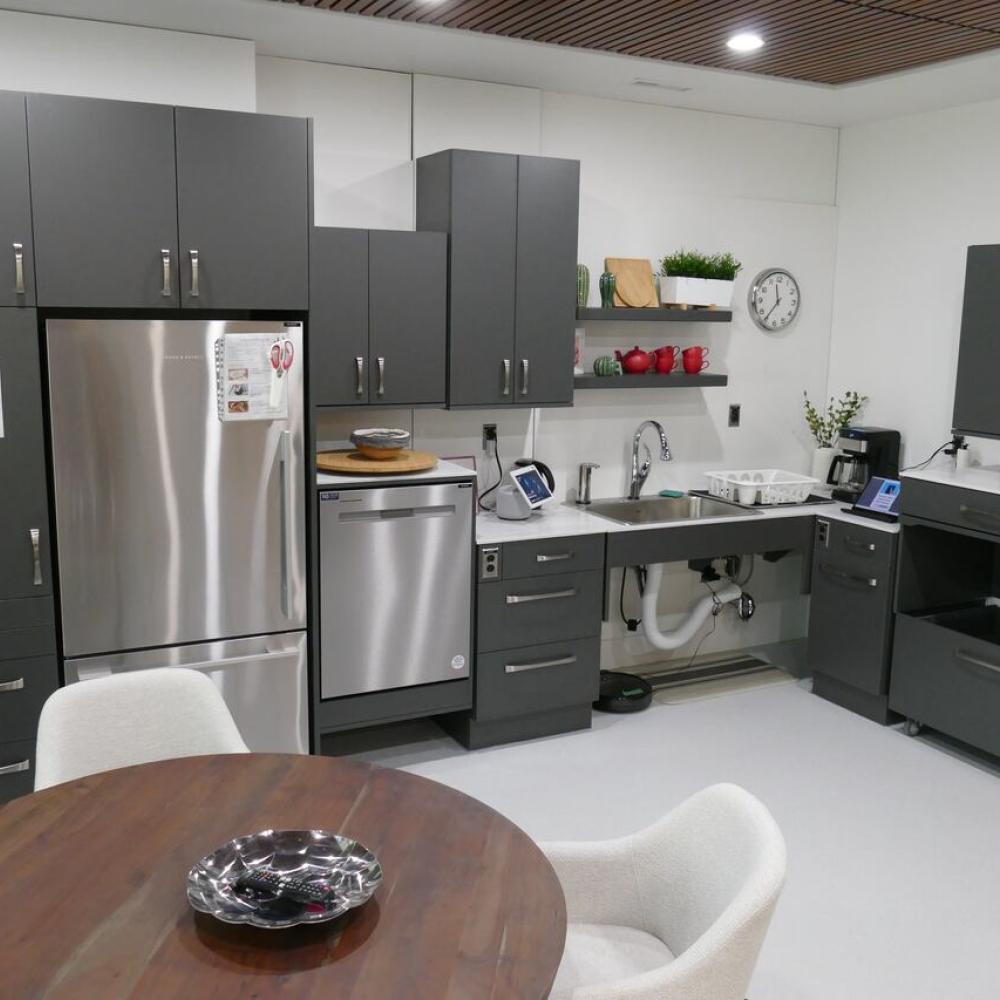
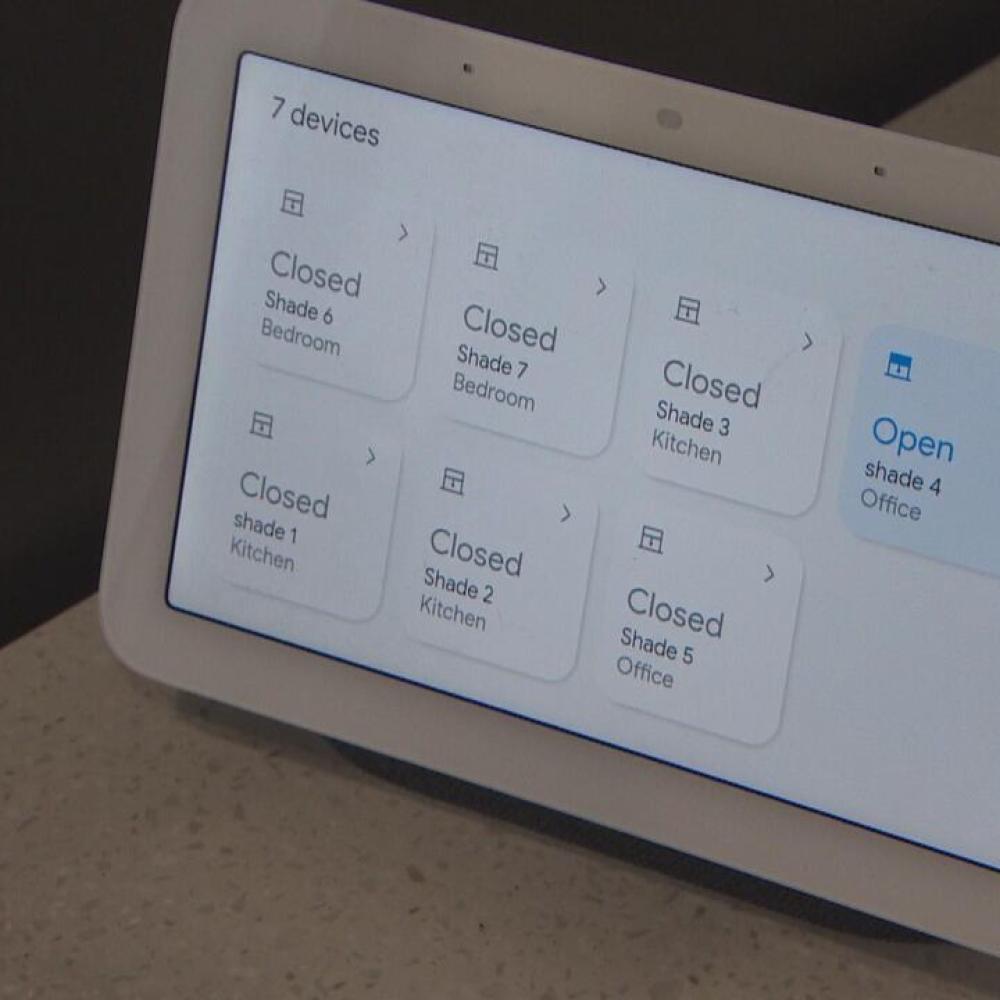
Image Carousel
Video
Pull Quote
Some text will go here. Some text will go here. Some text will go here. Some text will go here. Some text will go here. Some text will go here. Some text will go here. Some text will go here.
Full Spanning Text
Some features of this website are only available to users who have completed the registration form. During registration a user is required to give certain information (such as name and email address). This information is used to contact you about the products/services on our site in which you have expressed interest. At your option, you may also provide demographic information (such as gender or age) about yourself, but it is not required.
Links & Files
Bullets
- Bullet list item here
- Bullet list item here
- Bullet list item here


